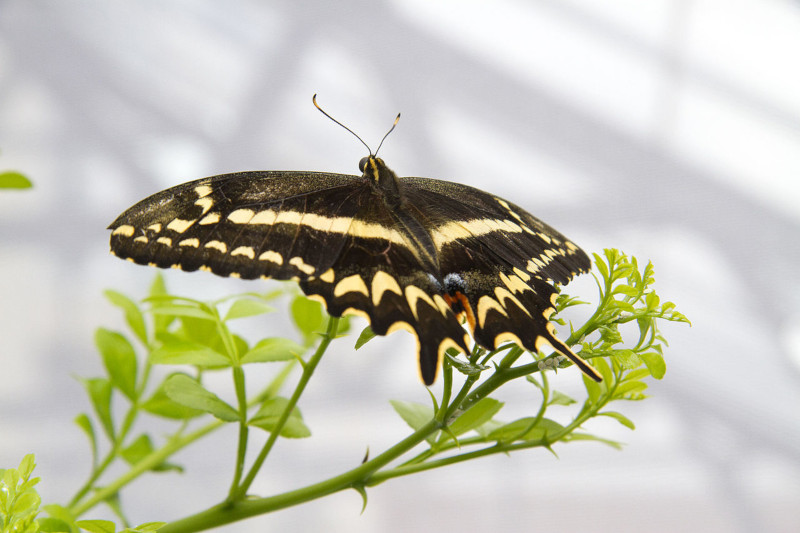
Schaus Swallowtail Facts
- The term of Schaus Swallowtail serves as one of the common names for a particularly rare species of Lepidoptera. Furthermore, one of the other common names applied to this beautiful insect includes that of the island swallowtail.
- However, the gorgeous creature also goes by other, less frequently used names. Among these is the hard to pronounce scientific name of the Papilio aristodemus. By either name, though, the invertebrate remains a very lovely variety of butterfly.
- In addition, this magnificent invertebrate bears a name honoring the American entomologist, Wiliam Schaus. This honorary naming occurred due to the fact that he became the first person to officially recognize the insect as a distinct species.
- This fortunate discovery further occurred in comparatively modern times. That holds true since this event occurred in the year 1911. Quite sadly, however, the insect also presently ranks as the sixth rarest species of butterfly known to man.
- For unknown reasons, though, the marvel of Nature does not appear on the Red List, published by the IUCN. However, it does officially constitute a federally protected species in the country in which it appears. Sadly, its numbers remain extremely low.
- Presently, the beautiful Schaus Swallowtail faces two great threats to its continued existence. For one, habitat loss poses a very real danger, given continued human expansion. But, its greatest threat most likely comes in the form of climate change.
Related Articles
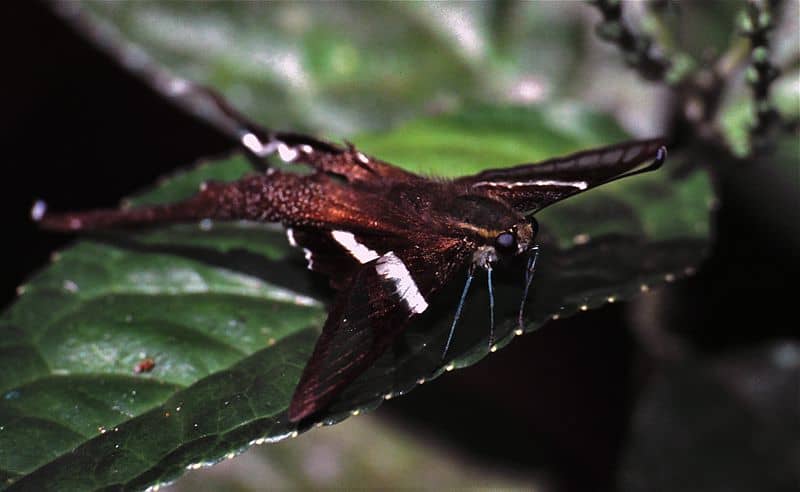
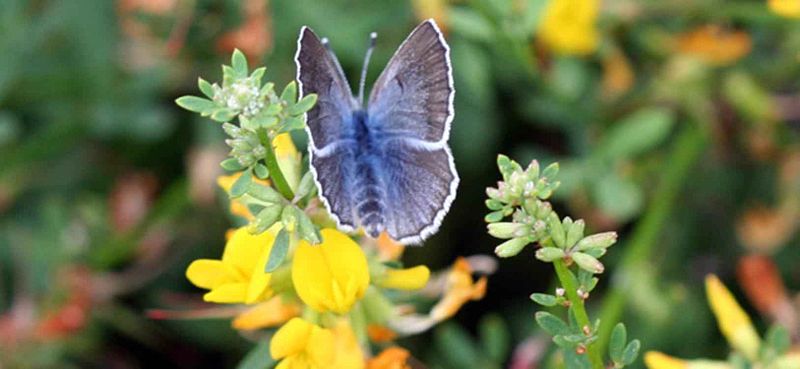
Palos Verdes blue
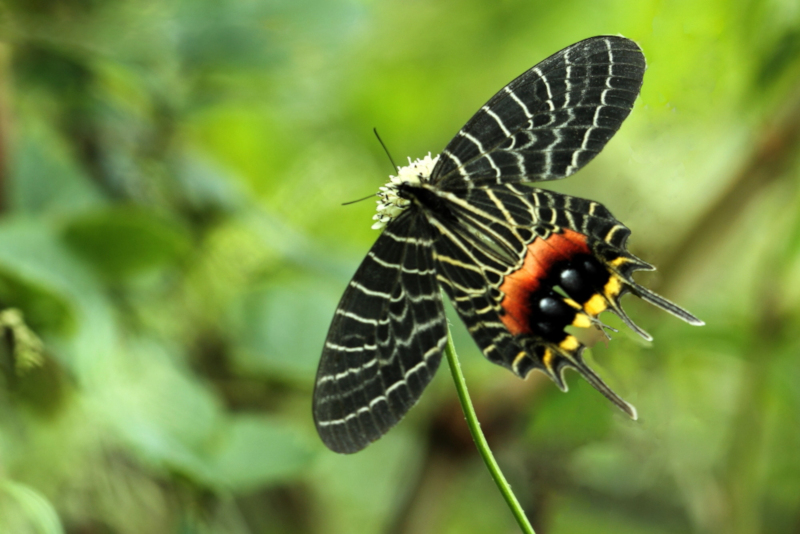
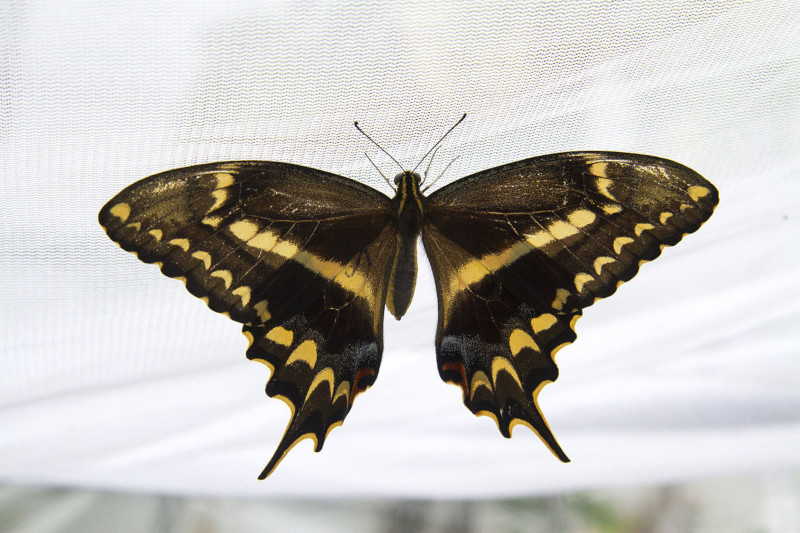
Schaus Swallowtail Physical Description
The magnificent arthropod named the Schaus Swallowtail impresses with more than just its beauty. In fact, the creature also ranks as a comparatively large size of butterfly. In addition, like many related species, it also displays the physiological trait of sexual dimorphism.
Although the genders appear almost identical in coloring, many females attain a slightly larger wingspan than their male counterparts. Overall, however, the Schaus Swallowtail achieves an average wingspan measuring between 3.25 – 3.75 in (82 – 95 cm).
The upper side of the wings mainly presents a brown background. This also shows a yellow band and yellow spots. The back of the hindwings also has a yellow outline. The underside shows a yellow background, with brown marks and a blue and reddish-brown band.
- Kingdom: Animalia
- Phylum: Arthropoda
- Class: Insecta
- Order: Lepidoptera
- Family: Papilionidae
- Genus: Papilio
- Species: P. aristodemus
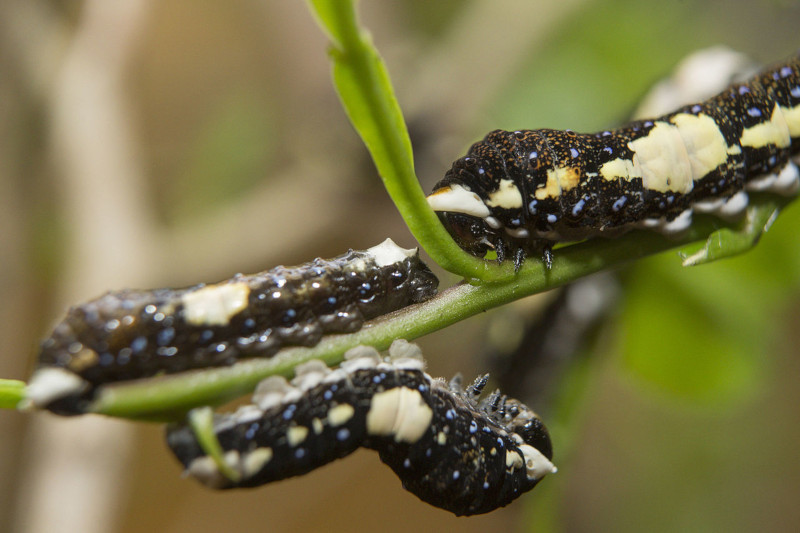
Schaus Swallowtail Distribution, Habitat, and Ecology
Sadly, the beautiful Schaus Swallowtail only inhabits an extremely tiny portion of the world. In point of fact, the extent of its only known location may surprise you. The area in which the invertebrate appears consists of a very minor section of North America.
More precisely, this zone of habitation consists solely of portions of the state of Florida, in the United States. However, even within that already extremely restricted range, the beautiful but rare insect only inhabits certain very specific types of habitat.
This specific habitat consists of regions of what’s known as hardwood hammocks. As a result, the remarkable species only appears in one location on the tip of the mainland, and in the Florida Keys. Within its range, this species appears to demonstrate territoriality.
Males appear to patrol females and investigate other butterflies entering their territory. Both genders remain close to the ground, rarely exceeding 10 ft (3.05 m) in altitude. Further, both sexes mostly stay in dense areas, only staying in open areas during mating season.
The gorgeous Schaus Swallowtail, quite sadly, has a very short lifespan. To be more precise, the delicate wonder of Nature generally only produces one generation per year. Most commonly, peak flying periods for the arthropod occur between early May to early June.
After hatching, the pupae, an overall dark brown in color, typically attach themselves to such locations as a twig or leaf, and feed voraciously. Although certain shrubs form the main food source for pupae, adults consume nectar from many sources.
Species Sharing Its Range
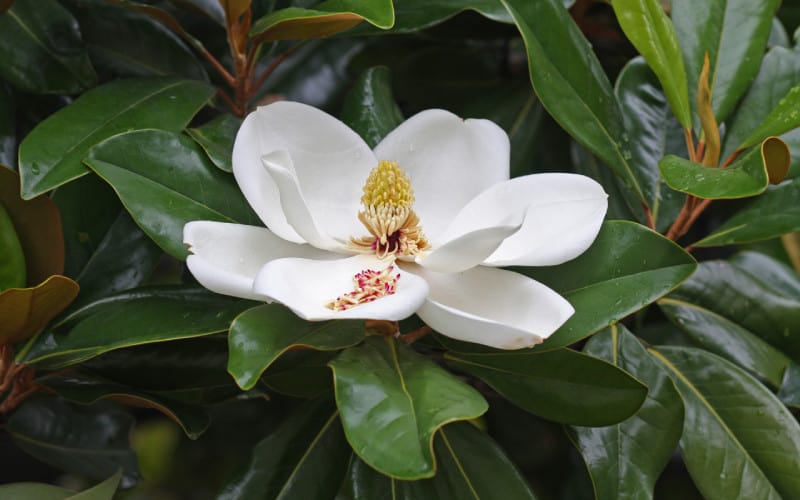
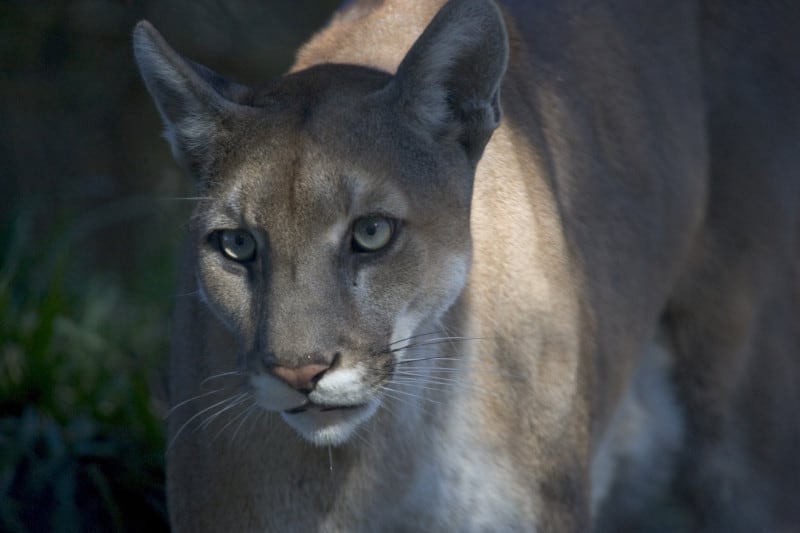
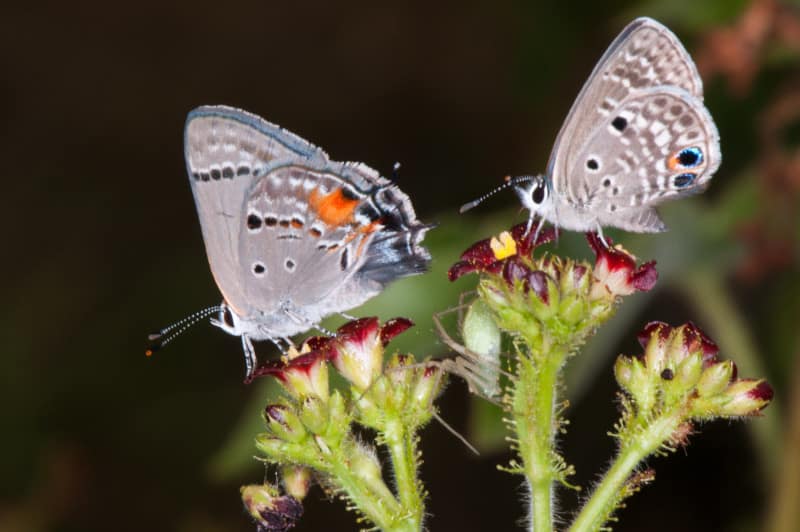
Check out our other articles on 6 Extraordinary North American Reptiles, Snowy Owl, Belogradchik Rocks, Bismarck Palm, Numbat, Gooty Sapphire Tarantula, White Spotted Puffer, Black Mamba









Leave a Reply